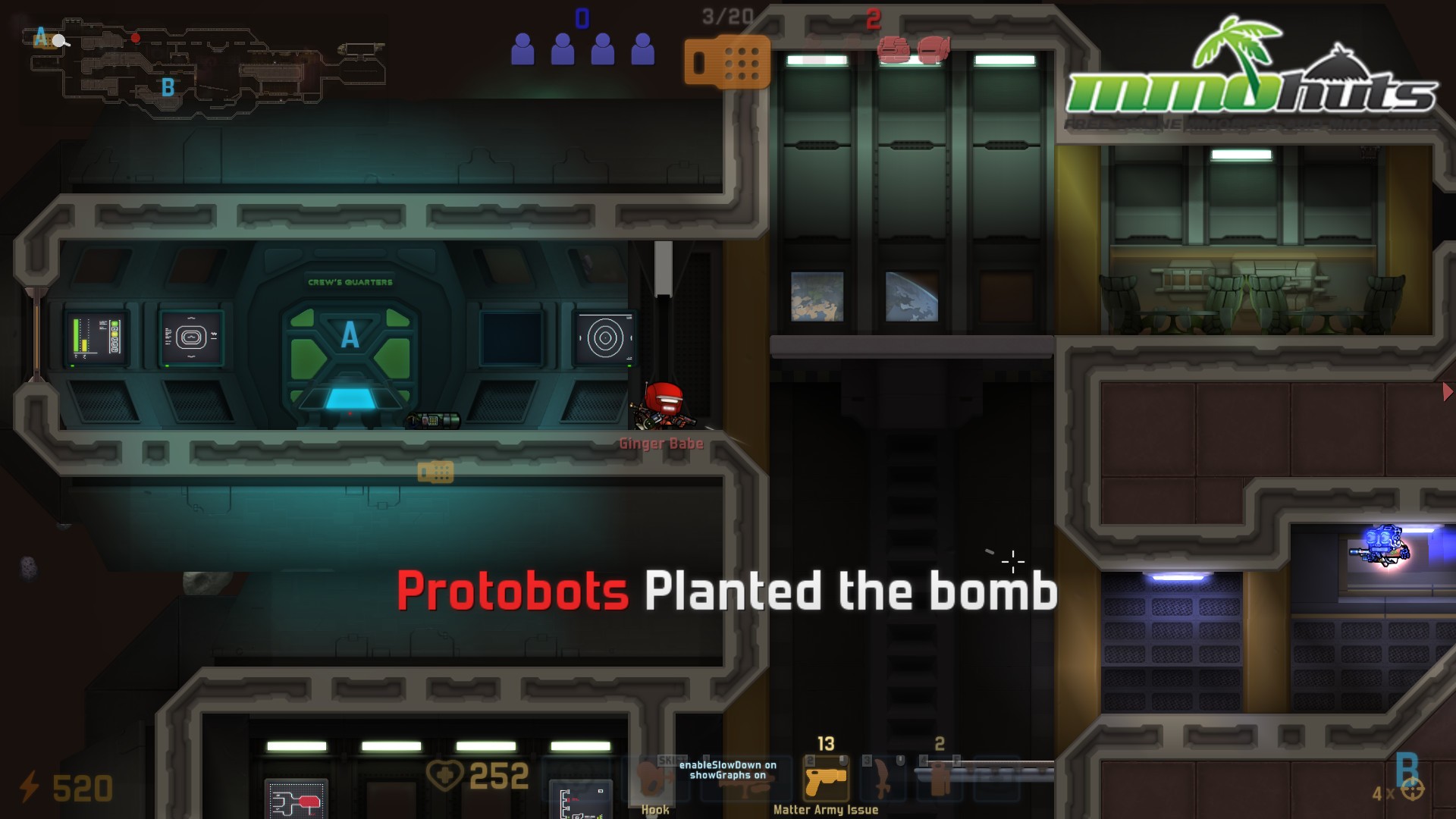

A Wikipedia article on a weapon is not an appropriate forum for subjective statements which are not sourced regarding the effects of that weapon. Cobalt bombs are intended to create extremely long-lived radioactive fallout (lethal to unprotected humans for well over fifty years), while enhanced radiation weapons create a momentary flux of neutrons which kills humans in the immediate vicinity of the area where the bomb is detonated (a 2 to 5-mile radius from the center of the detonation), but do not contaminate the area with radiation to any significant extent. These are two radically different types of nuclear weapon. Although it is not defined by that dictionary the implicit meaning is the killing in a violent way, in a bloody 2XL, you're confusing the cobalt bomb with enhanced radiation nuclear weapons commonly known as neutron bombs. DV8 2XL 12:06, 27 November 2005 (UTC) Reply I don't think slaughter is appropriate for killing by radiation. While I am not in any way anti-nuclear in any sense of the word, I won't whitewash the fact that nuclear weapons (particularly of the enhanced radiation sort) are designed to kill as many people as possible in the target area. I picked the term 'slaughter' on purpose. Shaddack 12:00, 27 November 2005 (UTC) Reply

It is less bloody and more Strangelovish.

This article is within the scope of WikiProject Physics, a collaborative effort to improve the coverage of Physics on Wikipedia. Military science, technology, and theory task forceĪssociated task forces (periods and conflicts): Supporting materials: criterion not met.Coverage and accuracy: criterion not met.Referencing and citation: criterion not met.This article has been checked against the following criteria for B-Class status: This article has been rated as Start-class on the project's quality scale. Military history Wikipedia:WikiProject Military history Template:WikiProject Military history military history articles
#Cobalt bomb wikipedia full#
To use this banner, please see the full instructions. If you would like to participate, please visit the project page, where you can join the project and see a list of open tasks. This article is within the scope of the Military history WikiProject.


 0 kommentar(er)
0 kommentar(er)
